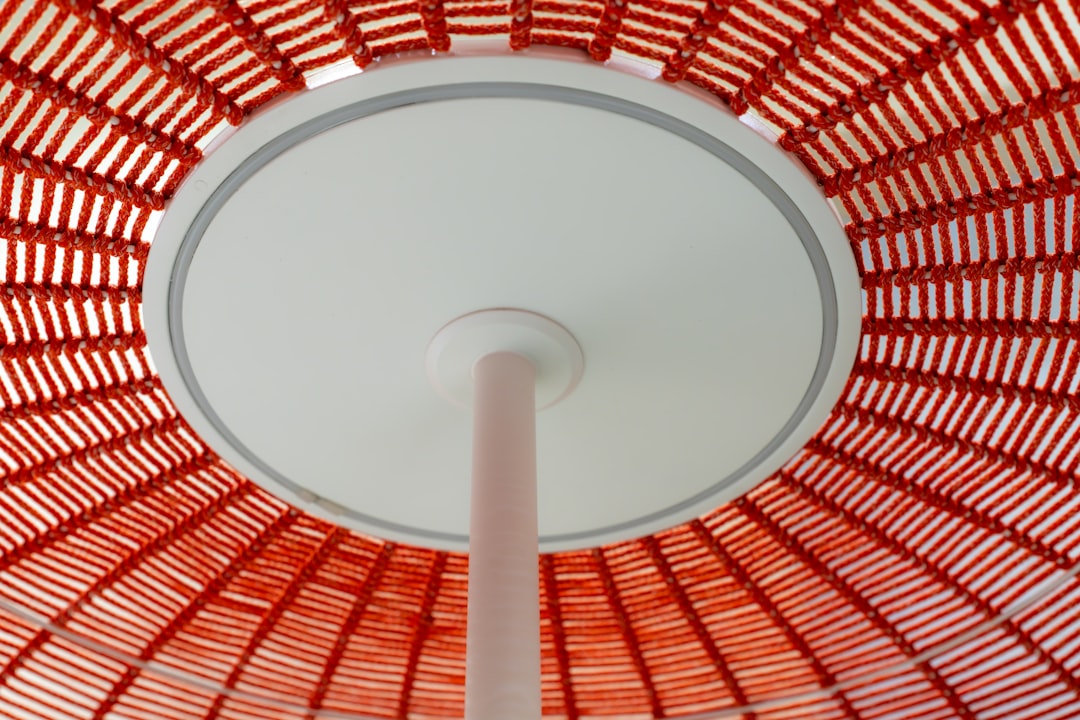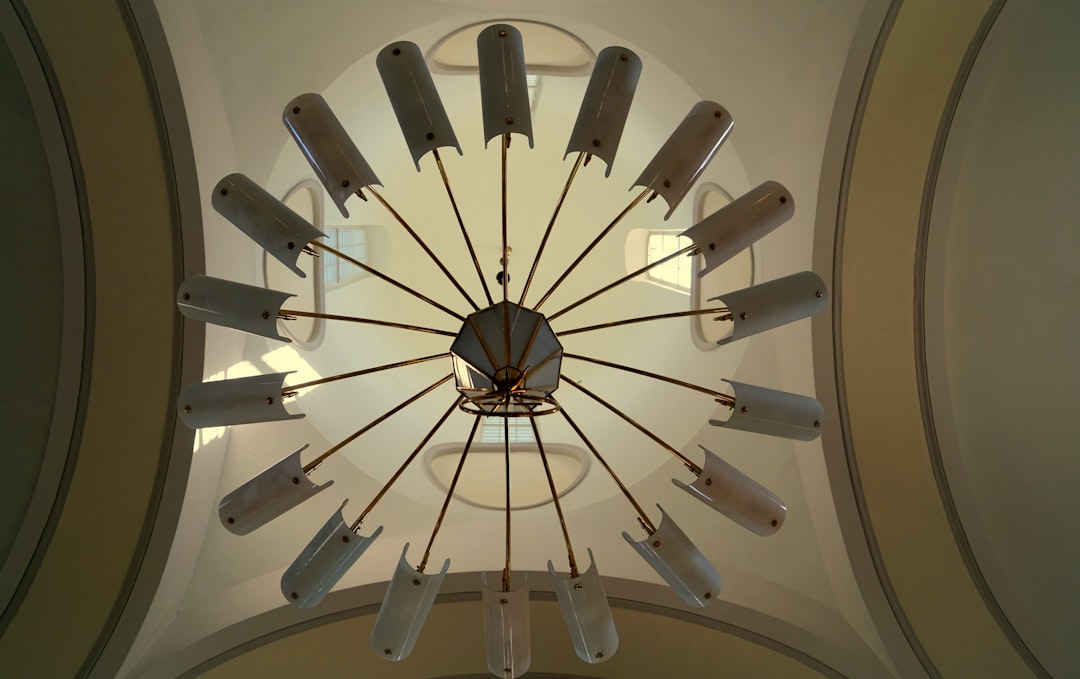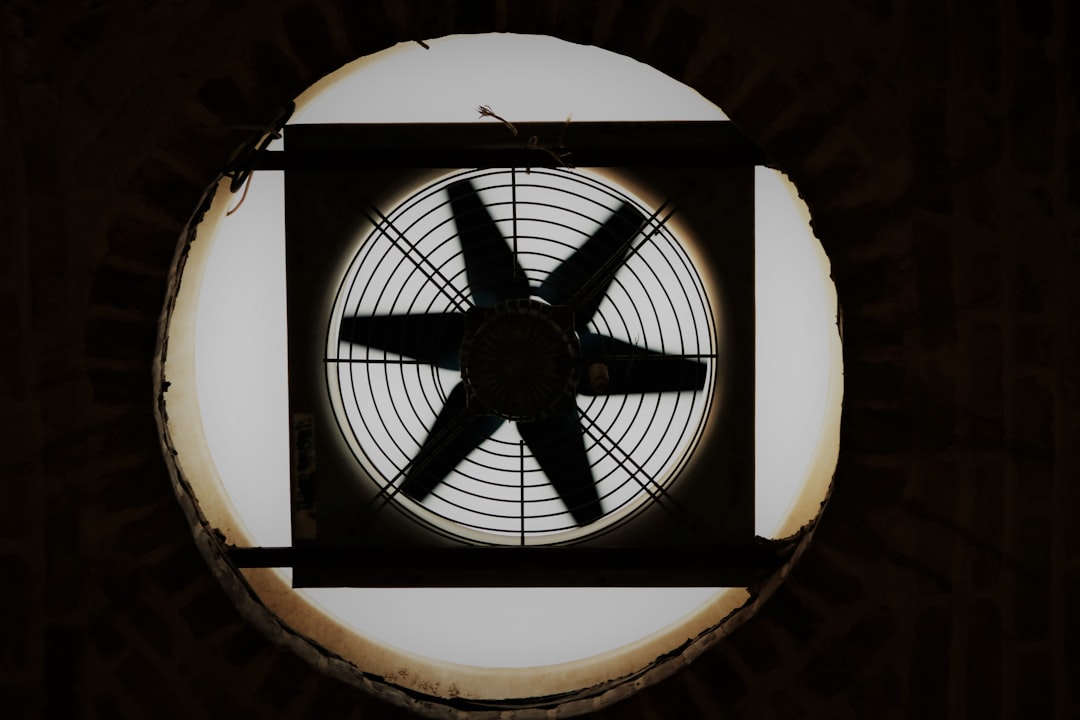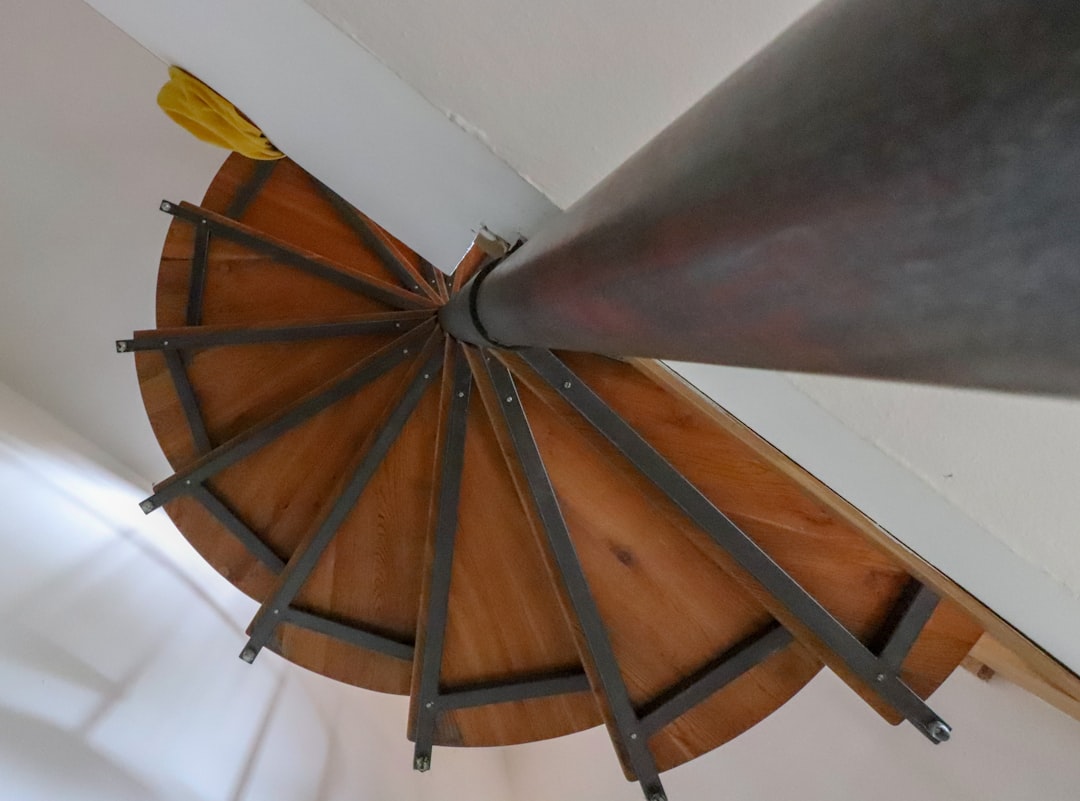

Engage prospects with a scan and streamline customer engagement with FREE QR code marketing tools by Sona – no strings attached!
Create a Free QR CodeFree consultation

No commitment

Engage prospects with a scan and streamline customer engagement with FREE QR code marketing tools by Sona – no strings attached!
Create a Free QR CodeFree consultation

No commitment
The ceiling fan repair services industry is moving quickly toward digital-first engagement, yet most transactions still begin in the physical world. Homeowners and property managers notice a van, a door hanger, or a sticker on the fan housing, then try to take the next step. If that handoff is unclear or manual, the moment is lost. QR codes make that transition instant: a single scan can open a booking form, a how-to video, a warranty registration, or a secure payment link, helping both the customer and the technician stay in sync.
For technicians and business owners, the goal is simple: capture interest when it happens, guide customers to the next best action, and keep a record of every interaction. QR codes deliver that outcome at scale. They transform printed assets and on-site touchpoints into measurable conversion paths, reduce call volume for common issues, and feed performance data back into your CRM and marketing tools.
This article explores how to apply QR codes across the full ceiling fan service journey. You will learn where to place them, which formats to use, how to track results, and how to turn scans into revenue. Throughout, we highlight practical tactics drawn from field scenarios and show how platforms like Sona QR and Sona support attribution, segmentation, and continuous optimization.

Across ceiling fan repair, a common challenge is the drop-off between interest and action. Someone spots your van at a neighbor’s house or reads a safety notice near a wobbling fan, then intends to contact you later. By the time they get back to their desk, the urgency is gone. QR codes close that gap by converting ambient attention into immediate booking, support, or payment.
To realize this benefit, replace analog friction points with QR-enabled workflows. Instead of paper brochures that require manual follow-up, send scanners to a scheduling page with time slots pre-filtered by location. Instead of illegible paper checklists, use Google Forms QR behind a QR that captures device model, symptoms, and preferred contact method. Each interaction becomes structured data in your system, improving accuracy and speed while eliminating manual re-entry.
Modern QR platforms help ceiling fan service teams capture every interaction, enrich customer profiles, and optimize workflows from first touch to completed job. With the right placements and destinations, you can decrease no-shows, accelerate scheduling, and support technicians with real-time context before they arrive. Start creating QR codes for free.

Ceiling fan repair depends on physical presence, local reputation, and quick response times. Customers often encounter your brand in offline contexts such as a neighbor’s lawn sign, a magnet on a breaker box, or a sticker near a wall switch. Without a direct path to take action, those impressions are difficult to measure and easy to forget.
QR codes make these physical moments measurable and meaningful. They connect offline touchpoints to digital actions such as booking an appointment, requesting a quote, or watching a safety tutorial. Rather than forcing customers to type a URL or search for your brand later, a scan removes friction and captures intent immediately. For industry examples, see home repair QR.
For ceiling fan repair providers, the result is a complete loop from outreach to conversion: every printed asset becomes a trackable digital entry point, and every engagement becomes data you can analyze and act on.

Different QR code formats support different goals across the service journey. While basic web links cover many needs, specialized types can speed up repetitive tasks and improve data quality.
Platforms like Sona QR let you create, organize, and update these formats in one place. For ceiling fan repair, prioritize web links for booking and how-to content, SMS or email for emergencies, and vCards for quick contact saves after service.
Look for high-intent, high-visibility surfaces that customers interact with throughout the home and during service. Every offline touchpoint that signals a need for help can become a lead capture opportunity.
Strategically integrating QR codes across these touchpoints reduces missed prospects and creates a consistent experience. As scan data accumulates, you can segment by neighborhood, property type, and issue category to tailor offers and staffing.

Common pain points in this industry include slow response to urgent issues, incomplete customer information during scheduling, and missed follow-up opportunities. QR codes simplify the journey and reveal intent early.
These use cases shorten resolution times, improve data quality, and unlock cross-sell opportunities such as remote replacements or energy-efficient upgrades.
Every scan carries context: where it happened, why it happened, and what came next. Use that context to build audience segments that power personalized follow-up and higher conversion.
Start by assigning unique QR codes to different points in the journey. A van decal scan implies early-stage interest, a troubleshooting scan suggests product ownership, and a warranty registration scan signals post-service engagement. Tagging scans this way helps you personalize messaging, from educational content to limited-time repair promos.
For ceiling fan repair specifically, segment by residential homeowners vs. property managers, emergency repair seekers vs. maintenance planners, and warranty registrants vs. first-time prospects. These distinctions allow you to deliver the right message at the right time.
QR codes serve as connectors across channels that are often hard to measure. When you add them to print, events, and local signage, you unlock real-time engagement and full-funnel attribution.
Begin by mapping your physical assets to digital outcomes. A direct mail piece might connect to a neighborhood-specific booking page with a promo code, while an in-store display at a hardware shop could open a diagnostic quiz that recommends service tier and price range. The same principle applies to social content or video ads: make every impression scannable and trackable, using QR conversion tips.
With a centralized platform like Sona QR, you can manage every code, monitor performance by channel, and sync scan data to your CRM for automated follow-up. This turns offline activity into a reliable pipeline driver.
Clarify what you want the scan to accomplish. Ceiling fan repair teams often optimize for fast appointment booking, warranty registration, or instant payment on site. Start with one high-impact use case such as Scan to book next-day repair on door hangers in neighborhoods where you have capacity.
Before moving to design, outline the content and workflow behind the code. A booking code should land on a short form with available time slots, not a generic homepage.
Choose the format that best fits your goal. Static codes work for fixed destinations like a PDF brochure, while dynamic codes let you track scans, switch destinations as offers change, and build audiences from scan data.
If you plan to scale, select a platform like Sona QR that supports all formats and provides campaign-level reporting.
Design for clarity, scannability, and brand consistency. The best QR codes have a prominent frame, brand colors, a legible CTA, and adequate quiet space.
Run a small pilot first. Collect early data and customer feedback, then refine design, placement, and copy before scaling.
Roll out the campaign on the assets most likely to be seen at the moment of need. Map each placement to a context and intent so you can tailor the experience and optimize results.
Track by placement by assigning unique codes to each channel. This reveals which surfaces drive engagement and lets you reallocate spend toward top performers.
Measurement is the engine of improvement. A QR platform should show scan volume, time of day, location, device type, and conversion outcomes, then push that data to your CRM for automated workflows.
Optimization is ongoing. Treat QR like a performance channel that can be improved weekly, not a set-and-forget tactic.
Attribution is often the hardest part of local service marketing. You may know that your vans, mailers, and event booths are working, but you cannot quantify which assets actually create revenue. QR codes, combined with the right analytics stack, solve that problem by tying scans to people, sessions, and outcomes.
With Sona QR, you can track scans by time, location, device type, and source asset. When a scan leads to a form fill or payment, Sona.com links that action to the originating code, giving you multi-touch attribution that includes offline impressions. This means you can see which van decals, door hangers, or in-store displays generated booked jobs and revenue. For methodology, see offline attribution.
The outcome is a full picture of performance from the moment of scan to the completion of service. You will know which campaigns deserve more investment and which to retire.
Building a reliable QR engine requires consistent execution and smart iteration. Prioritize placements that customers already notice, design for rapid action, and automate follow-ups that move scanners toward booking or payment.
Start with a short list of best practices that reinforce scannability and measurement. Make every print asset unique, add UTM parameters for deeper analytics, and train your field team to promote scanning during key moments such as a post-repair walk-through.
Creative deployments keep engagement high. For example, include a QR on pull-chain tags that opens a video on balancing blades, or place a QR on the remote sleeve that pairs the remote with the fan in a minute. These details turn everyday interactions into scalable touchpoints.

The most effective QR programs feel native to the environment. They provide immediate value, reduce effort, and tie the physical context to a digital action that solves a problem. For ceiling fan repair, that often means using in-home surfaces and community channels that your customers already trust.
Imagine a service visit where the technician places a small, branded QR sticker on the fan canopy. The sticker opens a short guide to safe cleaning and balancing, along with a shortcut to request a tune-up before summer heat peaks. Or consider a neighborhood mailer with a QR code that launches a quick diagnostic quiz, routing high-priority issues straight to dispatch while offering an educational video for minor fixes.
These examples show how strategically placed codes create measurable moments of value, turning passive impressions into active relationships.
Successful QR programs combine strong placement, clear messaging, and disciplined tracking. Start with the customer’s need in that exact moment, then present a scan that makes the next step faster and easier than calling or searching.
Avoid common mistakes such as burying the code on cluttered designs, sending scanners to desktop-heavy pages, or using a single static code across dozens of materials. Each of these reduces scan rates and obscures attribution. Treat QR as a performance channel that deserves the same level of testing and iteration as your digital ads.
In ceiling fan repair, QR codes are not a novelty; they are a practical solution to persistent challenges like lost leads, anonymous engagement, and incomplete customer insights. Embed them throughout the customer journey so every card, invoice, and fan becomes an active, measurable entry point to future revenue.
For technicians and marketers, the benefits show up in faster bookings, fewer missed calls, richer CRM profiles, and clearer ROI on print and field marketing. Scan data enables personalized outreach and automated workflows that match customer intent, addressing slow response times and missed opportunities with precision.
As digital and physical channels converge, a modern QR strategy is essential for durable growth. Replace guesswork with data, replace friction with clarity, and turn every moment of interest into a moment of action. With Sona QR for code generation and management, and Sona.com for attribution and journey analytics, you can connect scans to revenue and scale what works.
QR codes have revolutionized ceiling fan repair services by transforming traditional maintenance tasks into seamless, data-driven interactions. Whether it’s streamlining technician access to manuals, improving diagnostic accuracy, or enhancing customer communication, QR codes replace guesswork with instant, mobile-friendly solutions that boost efficiency and service quality. Imagine technicians instantly scanning a code to receive step-by-step repair instructions or customers effortlessly accessing service history—all while you track engagement and optimize operations in real time.
With Sona QR, creating dynamic, trackable QR codes is effortless. Update repair guides or customer info instantly without the need to reprint, monitor every scan to understand technician performance and customer touchpoints, and link these insights directly to business growth. No more delays or lost information—just smarter, faster, and more reliable ceiling fan repair services.
Start for free with Sona QR today and turn every scan into a faster fix, a satisfied customer, and a stronger bottom line.
Look for ceiling fan repair services that use QR codes on vans, door hangers, or stickers which link to booking forms, allowing you to schedule repairs quickly and reliably.
Common issues include wobbling, humming noises, blade balancing problems, and remote pairing difficulties which often need troubleshooting or professional repair.
Repair costs vary, but QR codes on service materials often link to pages showing price ranges to help customers understand potential expenses before booking.
Signs include wobbling, unusual noises, remote control issues, and decreased performance, which can be diagnosed using QR-linked troubleshooting guides.
Maintain your fan by following QR code–accessed maintenance tips, seasonal checklists, and safe cleaning guides often provided by repair services after a visit.
QR codes connect offline touchpoints to digital actions like instant booking, troubleshooting videos, warranty registration, and secure payments, reducing friction and speeding up service.
They are placed on vans, uniforms, invoices, door hangers, fan housings, remote controls, and neighborhood flyers to capture customer interest at key moments.
Common formats include web links for booking, vCards for saving contact info, SMS or email for urgent requests, Wi-Fi access for technicians, and app download links.
They use dynamic QR codes with platforms like Sona QR to monitor scan volume, locations, devices, and conversions, linking scans to revenue and customer data.
Use clear call-to-action texts, place codes where customers notice them, test for scannability, assign unique codes per channel, and automate follow-ups based on scan data.
Use static codes for unchanging resources like manuals, and dynamic codes for tracking, updating destinations, and running campaigns that require analytics.
Customers get instant access to booking forms, troubleshooting videos, warranty registration, maintenance tips, and secure payment options through simple scans.
Scan QR codes on business cards or post-visit materials to save technician contacts via vCards or send urgent repair requests via pre-filled SMS or email codes.
Use Sona QR's trackable codes to improve customer acquisition and engagement today.
Create Your FREE Trackable QR Code in SecondsJoin results-focused teams combining Sona Platform automation with advanced Google Ads strategies to scale lead generation

Connect your existing CRM

Free Account Enrichment

No setup fees
No commitment required

Free consultation

Get a custom Google Ads roadmap for your business






Launch campaigns that generate qualified leads in 30 days or less.
